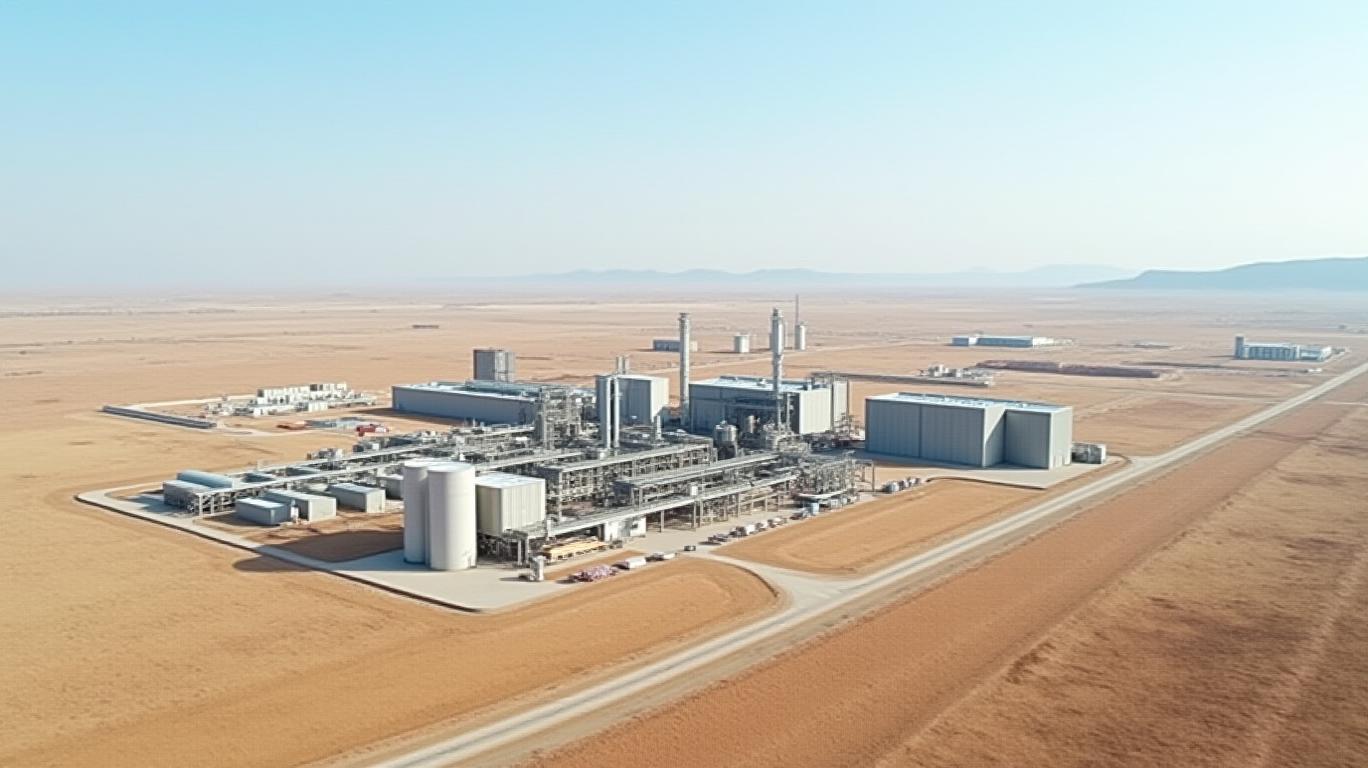Homerun Resources Inc.: Navigating Leadership Transition with Liquidity and Vision
Homerun Resources Inc. (TSXV:HPQ) has entered a new chapter with the retirement of long-time director Greg Pearson, but the company’s strategic moves since the announcement signal a deliberate shift toward stability, liquidity, and growth. As Pearson steps back into an advisory role, the Calgary-based green energy firm is positioning itself to capitalize on surging demand for sustainable technologies while addressing a critical challenge for small-cap stocks: liquidity.
Leadership Transition with a Focus on Alignment
Greg Pearson’s departure marks the end of an era. As the man who gave the company its name—inspired by his “swing for the fence” ethos—Pearson leaves behind a legacy of ambition. Yet his retirement, announced on May 23, 2025, is framed not as an end but as a transition. “Greg’s vision laid the groundwork for our current projects,” said CEO Brian Leeners in the press release, underscoring the continuity of that vision.
While no direct successor to Pearson’s board role has been named, the appointment of Stephen Burega as Executive Director signals a strategic emphasis on aligning leadership with shareholder interests. Burega’s 500,000 stock options, priced at $1.50, create a clear incentive for him to drive value. This move, coupled with Pearson’s advisory role, suggests a deliberate balance between institutional memory and fresh leadership—a recipe for stability in volatile markets.

Liquidity: A Strategic Lifeline for Small-Cap Growth
For investors, Homerun’s most compelling move is its partnership with Integral Wealth Securities to enhance liquidity on the TSX Venture Exchange. Effective May 13, 2025, Integral will act as a market maker, aiming to stabilize trading volumes and reduce the bid-ask spread—a common pain point for small-cap stocks. The $6,000/month fee, though modest, reflects a calculated bet: improved liquidity attracts institutional investors and reduces volatility, creating a more reliable environment for long-term growth.
This strategy addresses a critical barrier for Homerun. As renewable energy adoption accelerates, small-cap firms often struggle to attract capital due to low trading volumes. By retaining Integral, Homerun is proactively reducing this risk, positioning itself to capitalize on investor enthusiasm without the drag of illiquidity.
The Green Energy Play: Why Homerun’s Projects Matter
Homerun’s core business—high-purity silica (HPQ) for solar panels, batteries, and energy storage—is a direct beneficiary of global decarbonization efforts. Its 120,000 tpy silica plant in Chile and 365,000 tpy solar glass facility in Latin America are not just infrastructure; they’re gateways to a $1.2 trillion solar market projected by 2030. Partnerships with the U.S. Department of Energy/NREL and the University of California-Davis further underscore its R&D prowess.
The company’s vertical integration—from silica mining to solar glass production—gives it a cost advantage in an industry rife with supply chain bottlenecks. As governments ramp up subsidies for green tech, Homerun’s projects align perfectly with policy tailwinds.
Risks and the Case for Immediate Action
No investment is without risk. Leadership transitions can introduce uncertainty, and small-cap liquidity improvements often take time to materialize. Yet Homerun’s actions mitigate these concerns: Pearson’s advisory role ensures continuity, Burega’s equity stake aligns his interests with investors’, and Integral’s market-making creates a near-term catalyst for trading activity.
For investors seeking exposure to green energy without the volatility of penny stocks, Homerun offers a rare combination of strategic foresight, operational scale, and improving liquidity. With its stock near $1.50—the same price as Burega’s options—and a backlog of projects, the window to participate in this transition is narrow.
Conclusion: Homerun’s Transition is an Investor’s Opportunity
Greg Pearson’s retirement is a natural step for a company now led by a new generation of executives. The moves Homerun has made—strategic leadership incentives, liquidity partnerships, and a laser focus on high-growth green sectors—paint a picture of a firm ready to scale. For investors, this is a moment to act: Homerun is not just surviving a leadership change but leveraging it to build a more resilient, liquid, and growth-oriented enterprise.
The question isn’t whether Homerun can thrive—it’s whether you’ll miss the swing.

Comments
No comments yet